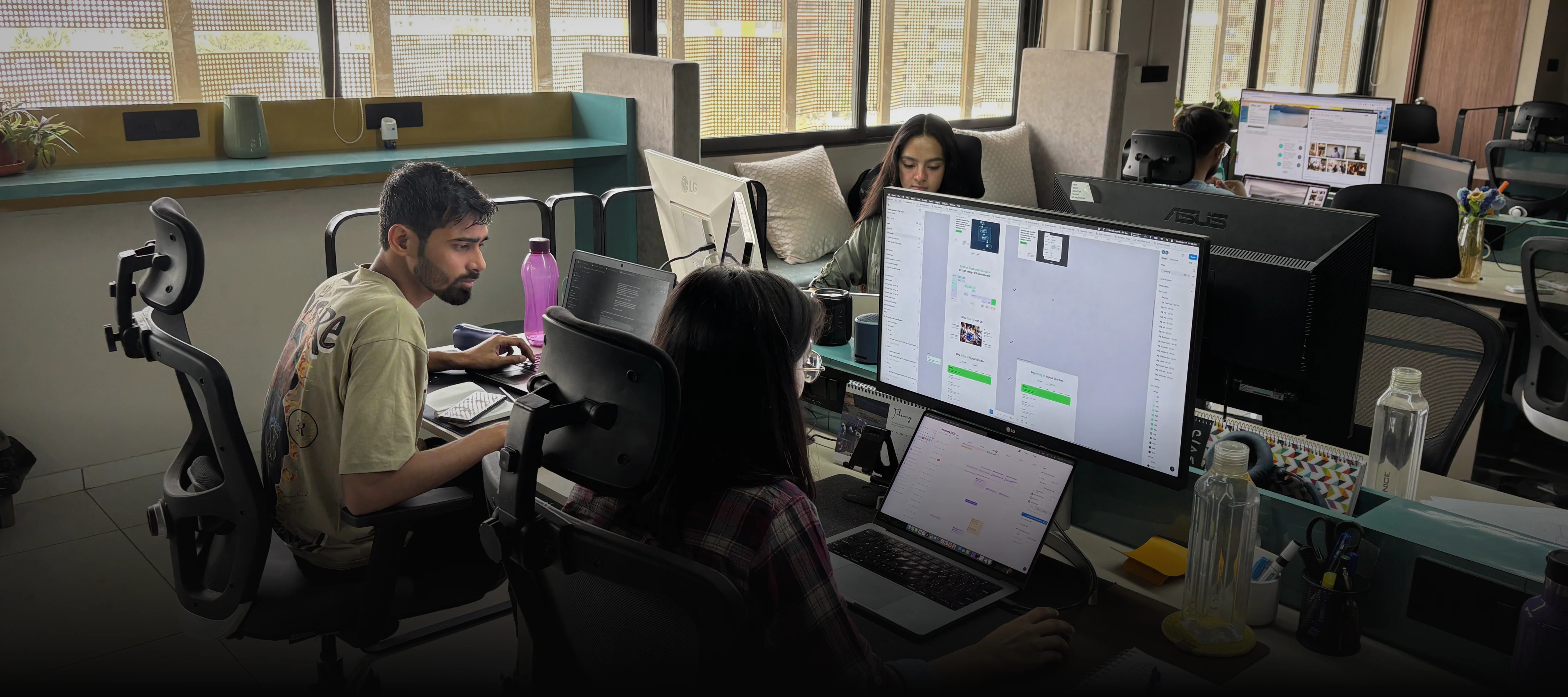- Our work
- Services
- Industries
- Thought Leadership
- Tcules Lab
- About

Services

Discover
Unveil insights through audits, research, and analysis for design enhancement.
Design
Design engaging interfaces that visually captivate and enthrall the users.
Code
Transform designs into functional & seamless digital experiences with precision.
Optimise
Elevate products through performance enhancement and usability refinement.

Industries

SaaS
Explore captivating design narratives and insights, delivered through thought-provoking written content.
eCommerce
Craft compelling eCommerce experiences with smooth navigation.
FinTech
Craft Innovative FinTech solutions for modern, seamless money management and growth.
EdTech
Maximize efficiency and engagement across industries with tailored solutions.
Webflow
Craft tailored Webflow solutions to heightened engagement and efficiency.

Tcules Lab

Future Interfaces Lab
Where designers, systems, and AI come together to build the next generation of interfaces
Matter Design System (open source)
Craft stunning and accessible interfaces utilizing design tokens and WCAG 2.1 AAA standards
Indic Voice AI Tutor Experiment
Publishing soon
Design Audit AI Agent Experiment
Publishing soon

About

Who we are
Discover our journey, values, and commitment to creating exceptional digital experiences.
Work with us
We're hiring
Join our passionate team, shaping the future of design and innovation.
Contact us
Connect with us for inquiries, collaborations, and turning ideas into impactful digital realities.


.jpg)











































